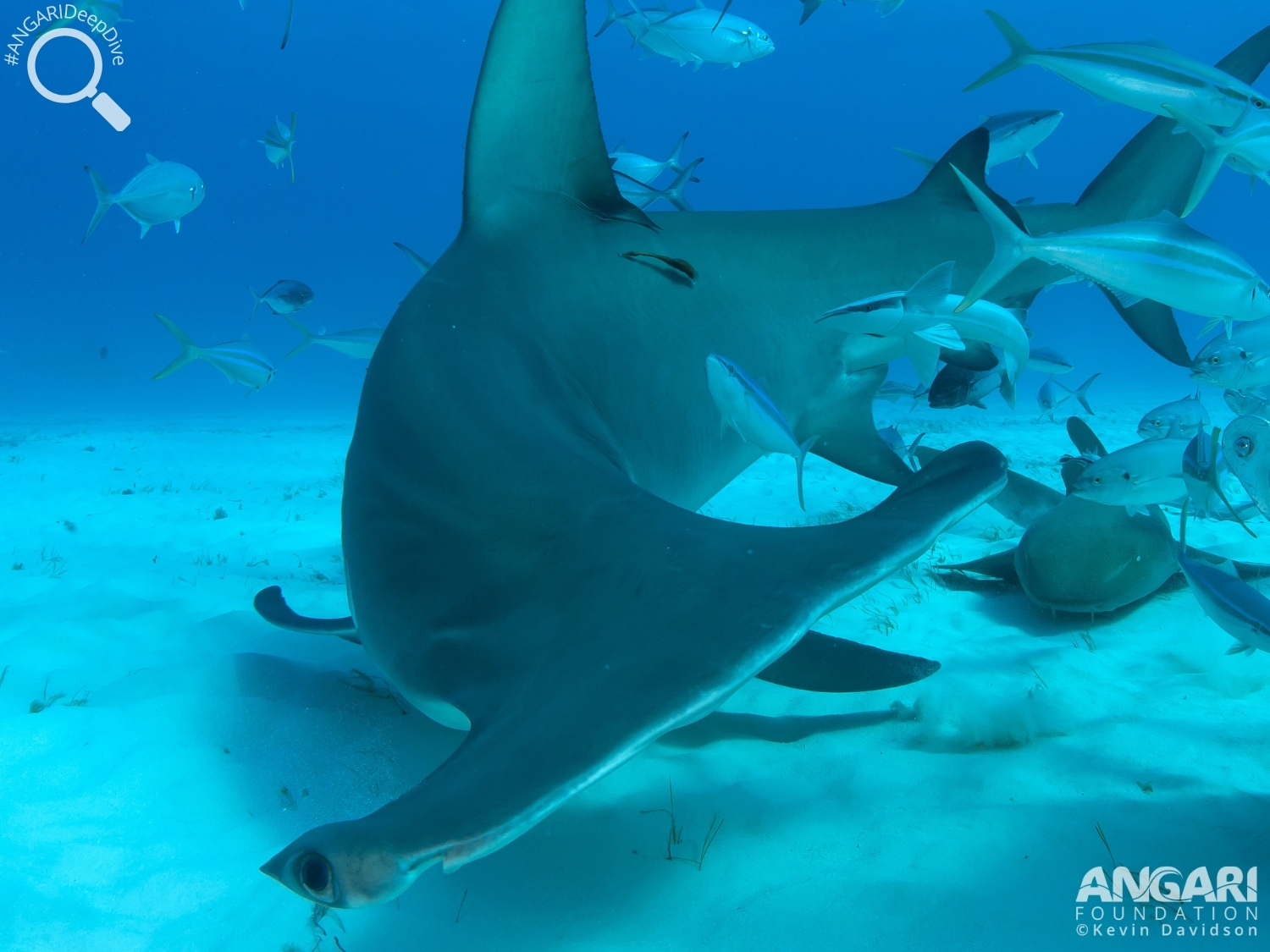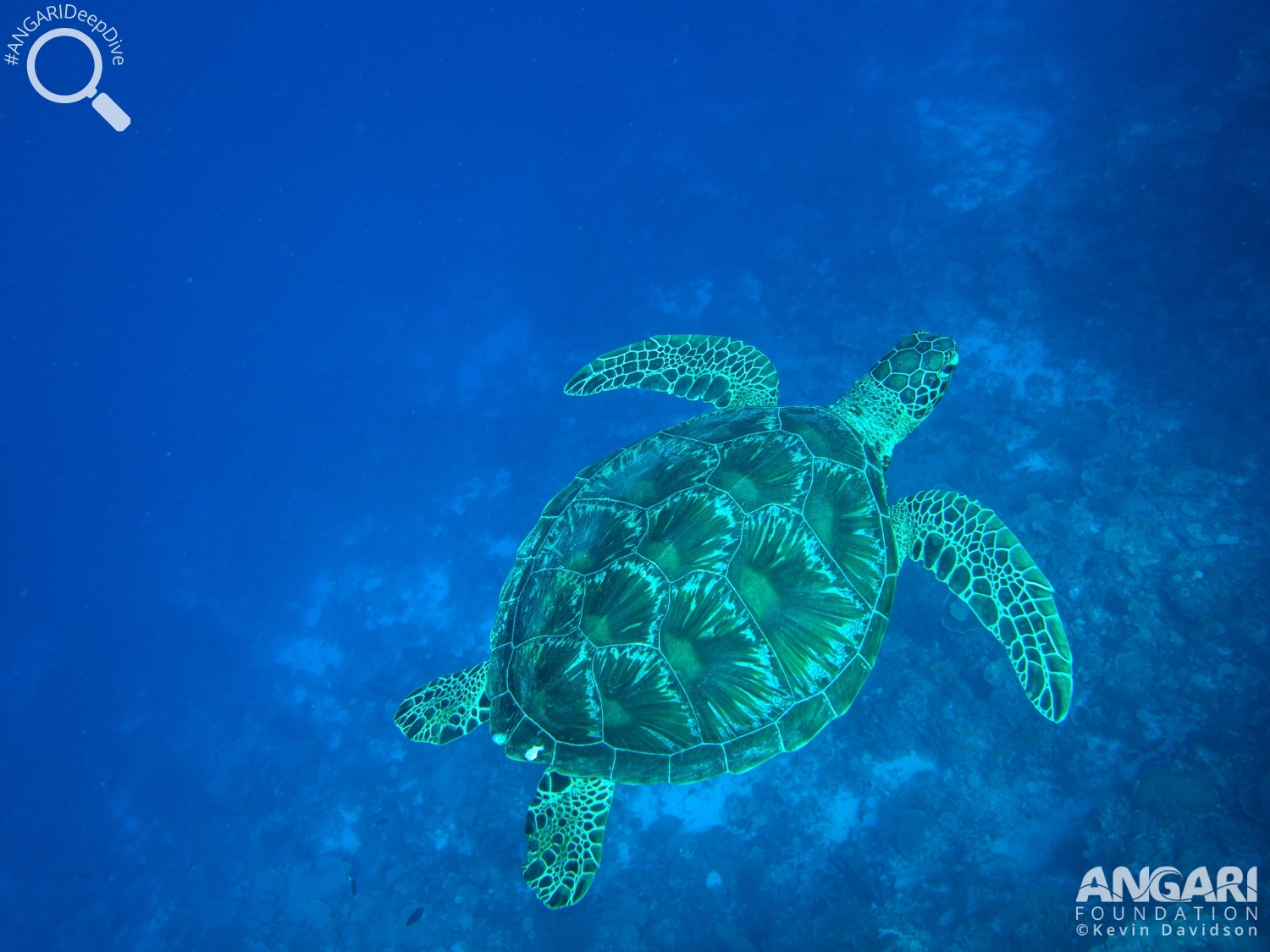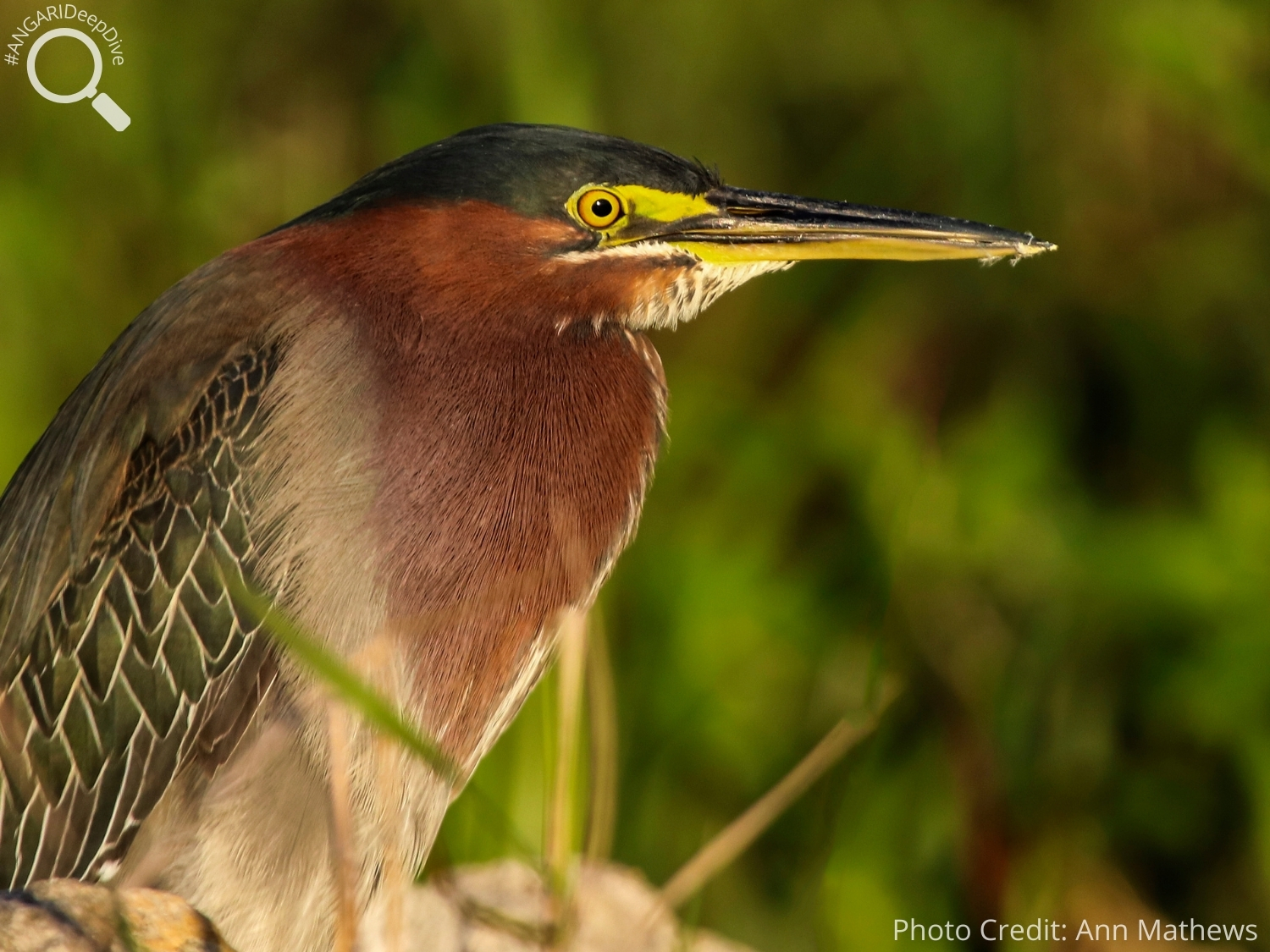The great hammerhead shark (Sphyrna mokarran) is an apex predator within the shark community and…
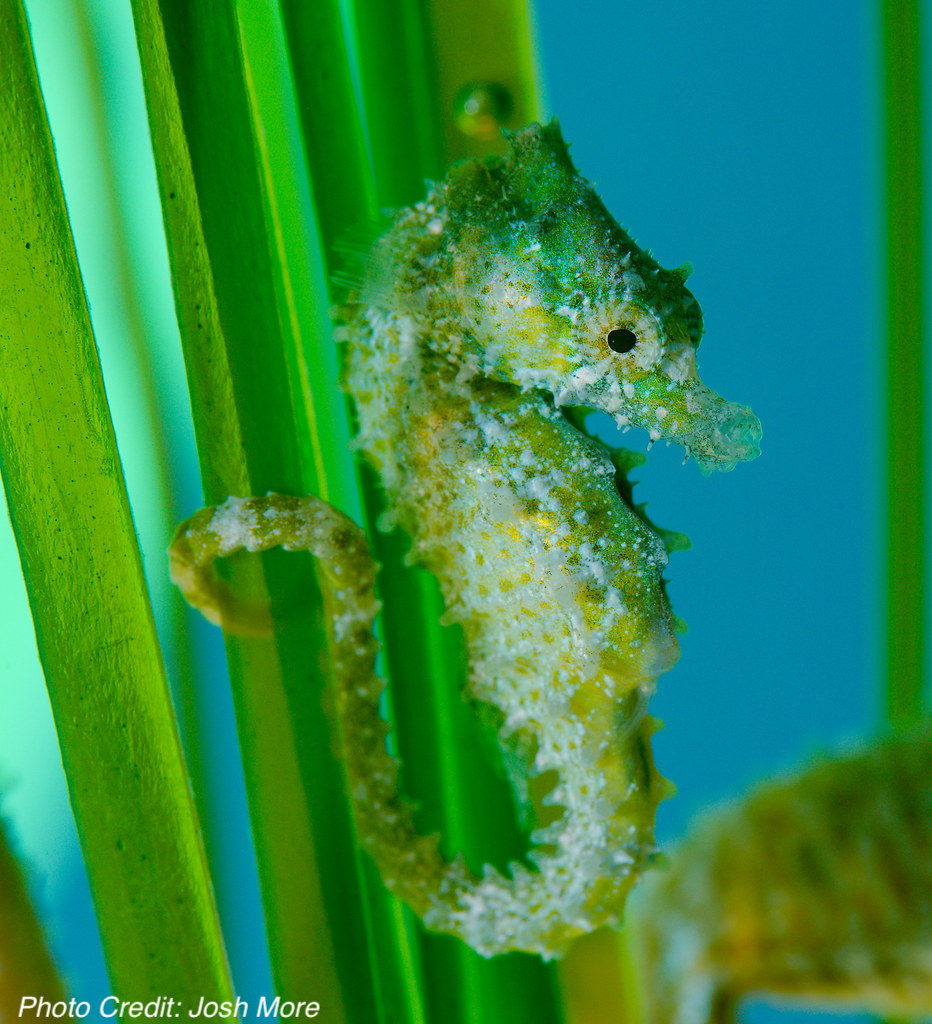
Dwarf Seahorse (Hippocampus zosterae)
Let’s dive into the world of the dwarf seahorse (Hippocampus zosterae)! With a maximum height of only 1 inch and a cylindrical coronet on its head, this species is the third smallest seahorse in the world. They can be a variety of colors like beige, yellow or green and may also have different markings.
Here are a few fun facts about the dwarf seahorse.
#1: Where does the dwarf seahorse live?
If you want to see a dwarf seahorse in their natural habitat, then you will have to head to the coastal waters of the Gulf of Mexico, the Atlantic coast of Florida, The Bahamas or the Caribbean. This species of seahorse is found exclusively in these areas and nowhere else.

#2: What habitats do dwarf seahorses like?
Once you’re in the right part of the world, you will need to direct your search to seagrass beds in shallow waters, as dwarf seahorses are almost completely restricted to this habitat. They may be spotted in a bay with high salinity, a coral reef ecosystem or even among the mangroves, but if there is no seagrass around then they won’t be either.

#3: Slow and steady wins the seahorse race.
Dwarf seahorses have notoriously low mobility so they tend to stay within one spot and have a very small area to call home. According to the Guinness World Records, it is the slowest moving fish in the world, with them hitting a top speed of almost 0.001 miles per hour.1

#4: Dwarf seahorses are masters of disguise.
A master of disguise, the dwarf seahorse can change its skin color and pattern to blend in with the surrounding environment and hide from predators or prey. Not only do they use color change for camouflage, they also change colors when interacting with another seahorse in order to communicate courtship interests or territorial disputes. Just like squid, cuttlefish and octopuses, seahorses have specialized organs called chromatophores, which are present in the skin and contain pigments that react to messages from the brain telling them which color to turn.

#5: Hiding from predators is an important seahorse skill.
Unfortunately for the dwarf seahorse makes a tasty meal for a many species including:
-
- Tuna
- Dorado
- Skat
- Rays
- Crabs
- Water birds
Although the adults can use their camouflage for protection, the younger seahorses can’t change their color to blend into their surroundings and therefore face a bigger risk of predation.

#6: Paternity leave for seahorses?
Did you know that seahorses are the only species in the world where the male gives birth? The mating season generally runs from February to October, and in one breeding season a male dwarf seahorse can birth hundreds of offspring. Genetic studies have shown that the dwarf seahorse does not reproduce outside their pair bond, which makes the species monogamous.2 When born, juvenile seahorses are only ¼ inch long and are no longer under the protection of their parents. They are left to fend for themselves.
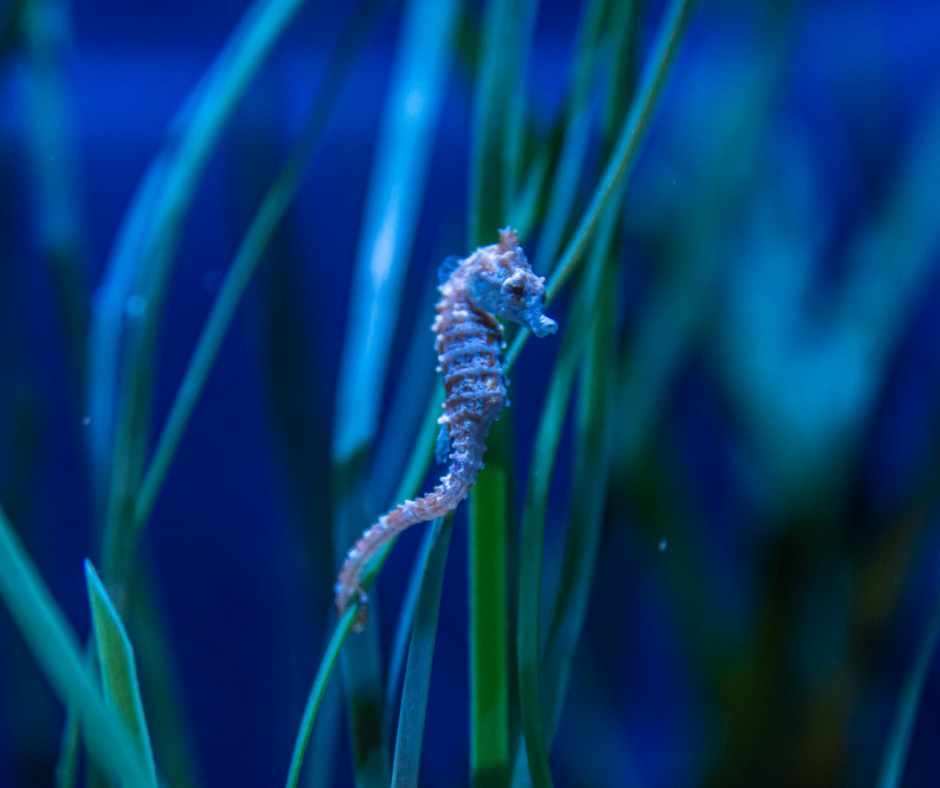
#7: What is in the dwarf seahorse diet?
Dwarf seahorse are ambush predators and feed on small fish, small crustaceans, amphipods and small invertebrates. Seahorses don’t have any teeth or a digestive system so when they eat, they swallow their prey whole. When prey swims close enough, they rapidly intake a lot of water and suck up the prey through their snout. Seahorses feed often.

#8: What sounds do dwarf seahorses use to communicate?
Dwarf seahorse communicate through a fast clicking sound! They create this clicking noise through a method called stridulation, which is the rubbing together of certain bones in their skull. Clicking in dwarf seahorses usually occurs during feeding, particularly in a new environment, or during competition for mates.
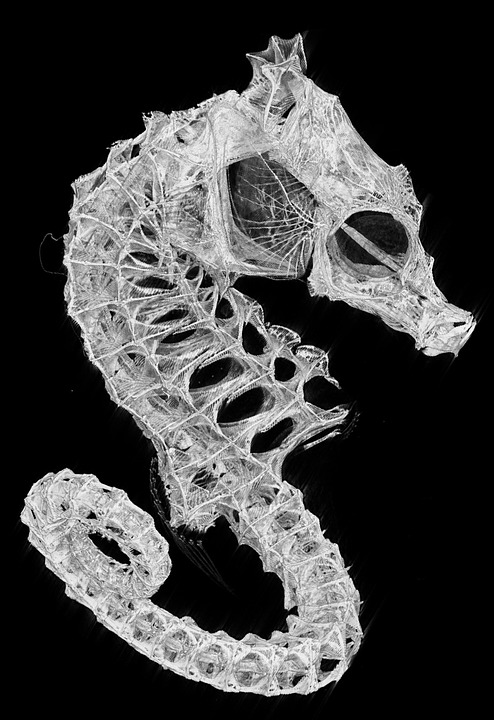
Dwarf seahorse populations are declining for several reasons: seagrass habitat loss, collection for the aquarium trade, ocean acidification and oil spills. Let’s keep doing our part to help protect the oceans, and therefore also dwarf seahorse populations.
Additional Dwarf Seahorse Resources:
1. NOAA – Dwarf Seahorse
2. U.S. Fish & Wildlife Service – Dwarf Seahorse
3. NOAA Status review report: dwarf seahorse (Hippocampus zosterae)
Citations:
1Guinness World Records. (n.d.). Slowest fish. Retrieved 28 August 2022, from https://www.guinnessworldrecords.com/world-records/70705-slowest-fish.
2National Marine Fisheries Service. (2020). STATUS REVIEW REPORT: DWARF SEAHORSE (HIPPOCAMPUS ZOSTERAE). https://media.fisheries.noaa.gov/dam-migration/2017_dwarf_seahorse_status_review_final_508_(1).pdf

